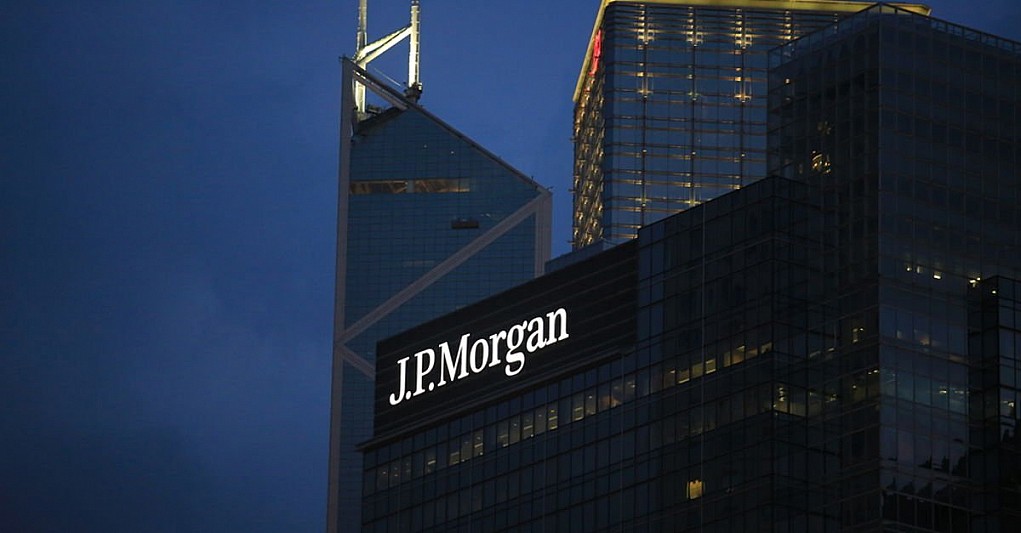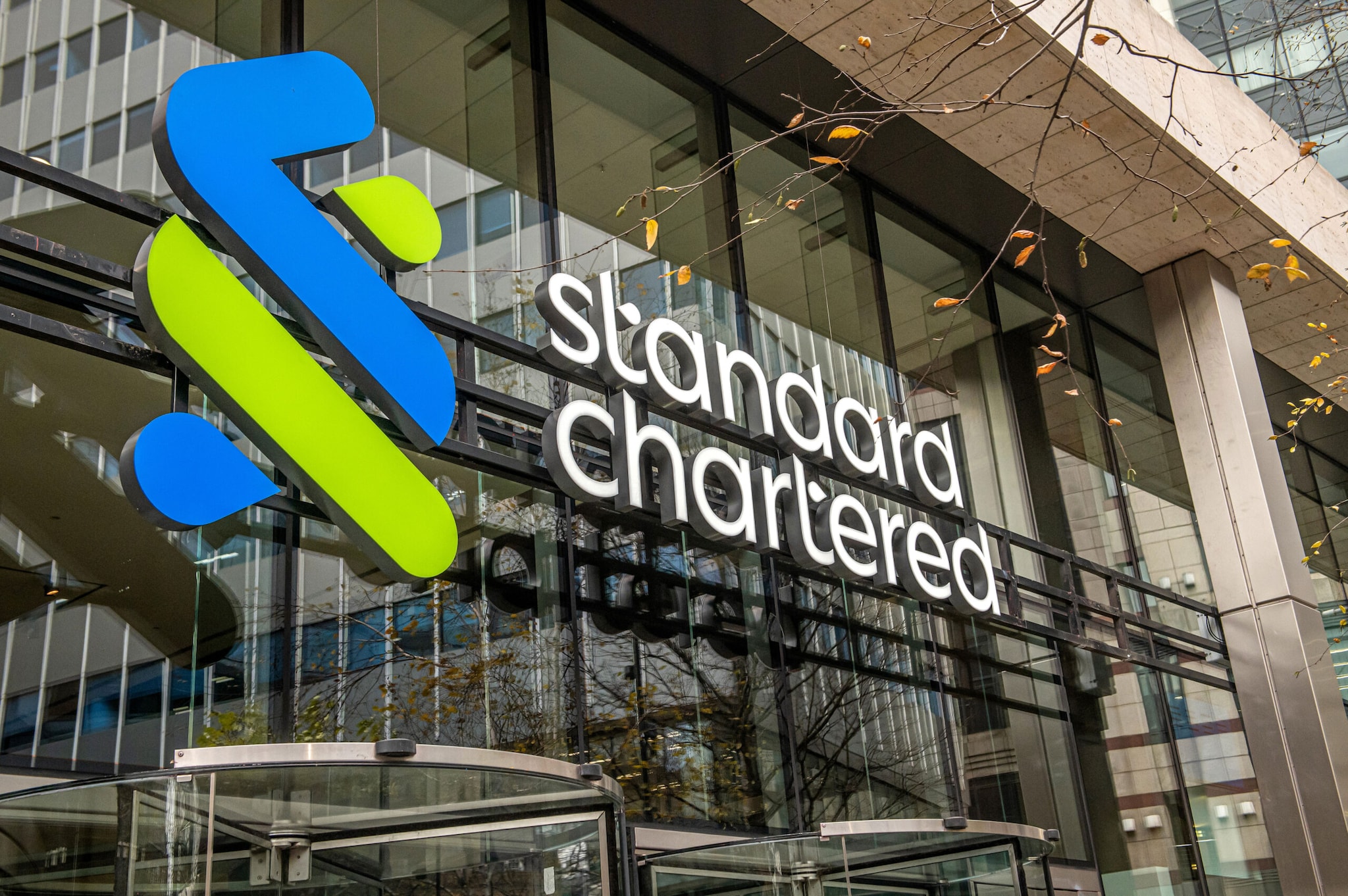JPMorgan Tests Blockchain Settlement on Public Network with Tokenized Treasuries
15.05.2025 16:00 1 min. read Alexander Stefanov
JPMorgan has quietly taken a step toward public blockchain integration by settling a tokenized U.S. Treasury transaction outside its private infrastructure for the first time.
Using its Kinexys payment network, the bank executed the pilot on Ondo Chain’s testnet in collaboration with Chainlink and Ondo Finance.
The deal used a Delivery versus Payment model, syncing cash and asset movement to minimize settlement risk.
The transaction involved Ondo’s blockchain-based Treasury fund (OUSG) and marked a rare moment of interoperability between JPMorgan’s permissioned system and a public chain.
Chainlink’s technology handled the cross-network coordination, ensuring real-time settlement across both platforms.
Though JPMorgan has explored blockchain before, this public-facing trial signals a broader shift. Despite political tailwinds and rising crypto enthusiasm, the bank insists this move is part of a longer-term strategy — not a reaction to market sentiment.
-
1
Chainlink Partners With Westpac and Imperium to Tokenize Finance in Australia
17.07.2025 21:00 1 min. read -
2
Solana Plans 66% Block Upgrade to Boost Network Capacity
24.07.2025 20:40 2 min. read -
3
Vietnam Launches National Blockchain to Digitize Government and Citizen Services
25.07.2025 16:36 2 min. read -
4
Wall Street Moves Onchain: Tokenized Finance Enters its Breakout Era
25.07.2025 18:32 2 min. read -
5
Top 10 AI and Big Data Crypto Projects by Development Activity
01.07.2025 19:00 2 min. read
Wall Street Moves Onchain: Tokenized Finance Enters its Breakout Era
The tokenization of real-world assets (RWAs) has entered a new phase in 2025—no longer a concept, but a confirmed trajectory.
Vietnam Launches National Blockchain to Digitize Government and Citizen Services
Vietnam has officially launched NDAChain, a national blockchain infrastructure designed to underpin its digital transformation strategy.
Solana Plans 66% Block Upgrade to Boost Network Capacity
Solana developers have introduced a new proposal aimed at pushing the network’s performance even further.
Chainlink Partners With Westpac and Imperium to Tokenize Finance in Australia
Chainlink has announced a major institutional partnership with Westpac Institutional Bank and Imperium Markets as part of Project Acacia—a joint initiative involving the Reserve Bank of Australia and the Digital Finance Cooperative Research Centre (DFCRC).
-
1
Chainlink Partners With Westpac and Imperium to Tokenize Finance in Australia
17.07.2025 21:00 1 min. read -
2
Solana Plans 66% Block Upgrade to Boost Network Capacity
24.07.2025 20:40 2 min. read -
3
Vietnam Launches National Blockchain to Digitize Government and Citizen Services
25.07.2025 16:36 2 min. read -
4
Wall Street Moves Onchain: Tokenized Finance Enters its Breakout Era
25.07.2025 18:32 2 min. read -
5
Top 10 AI and Big Data Crypto Projects by Development Activity
01.07.2025 19:00 2 min. read


